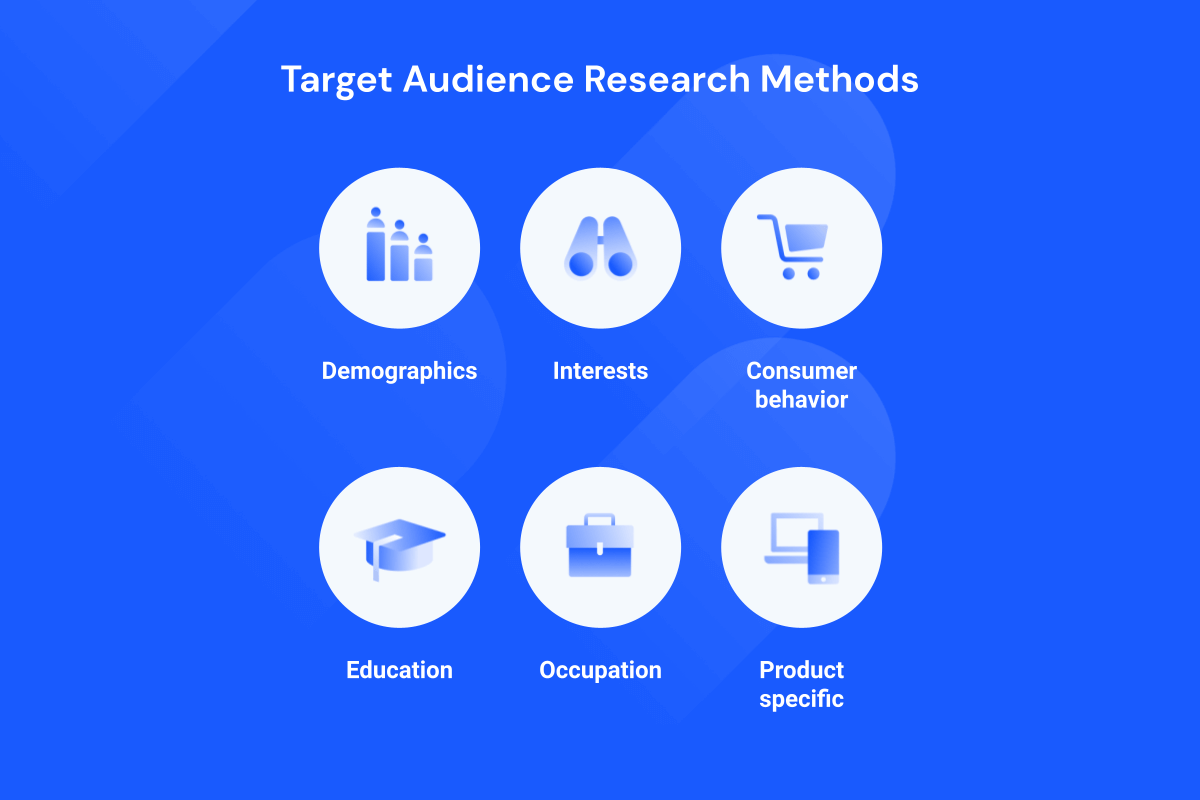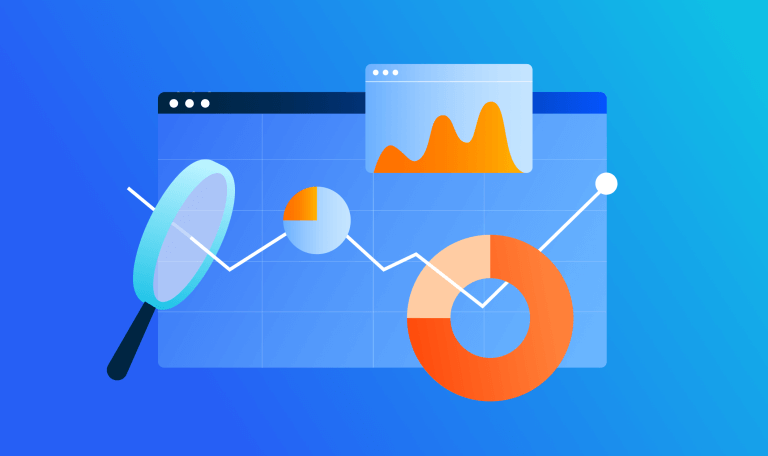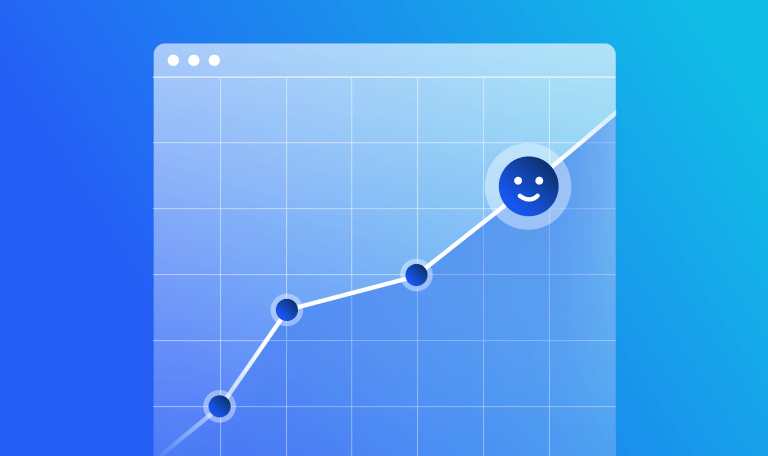The What, Why, and How of Audience Analysis

You probably won’t find a vegan bakery in a town without a single vegan. Yet in some neighborhoods, you might find a few right next to each other. Sounds a little illogical, right? Here’s why it makes perfect business sense.
Any successful business strategy revolves around reaching the right people. Maybe you’ve developed an app that has the potential to go viral or updated your existing product to be more inclusive. No matter the effort you’ve put into creating something new, if it reaches no one, the hard work has no impact.
That’s where audience analysis comes in. Defining your audience and nurturing potential customers is perhaps one of the most important steps of market research, however, it does have its challenges and pain points.
In this article, we’ll cover all the tools you need to conduct proper audience analysis.
What is audience analysis?
What is the importance of audience analysis? Audience analysis is a critical step of any content marketing strategy. But what is audience analysis? Simply put – It refers to the study of the group of people that consume your content, buy your product or services, or frequent your app. The main purpose of audience research is to characterize this group so that you can tweak your messaging and SEO practices according to their preferences, interests, and needs. Your end goal is to identify the unique characteristics that define your audience and define your ideal customer.
Knowledge about your audience’s geography, demographics, language, digital behavior, and more lays the foundation for your buyer personas. Audience analysis is what gives you important insight into who you can expect to use your product and how to attract loyal customers. You’ll gain a deeper understanding of your current and potential users as well as their customer experience and their perception of your brand.
The benefits of audience analysis
With advancements made in recent years in adtech, targeting the audience that you want is easy. However, figuring out who you want to target isn’t.
Audience analysis helps you determine who you should be tailoring your content for, as well as what types of campaigns could generate the highest engagement. Creating these hyper-focused campaigns boosts user experience. Focusing on building your relationship with customers can improve audience loyalty and help word spread about your brand, expanding your customer base. You’ll reduce the amount of missed leads, and eventually improve funnel conversion.
Besides ensuring that your content is accurate, relevant, and engaging to your users, audience analysis can save you significant time and money. Knowing exactly who your audience members are will help you narrow down your parameters – a key factor in maintaining a cost-effective marketing campaign and generating brand awareness.
How to define your audience
You can’t study something before you know what you are looking at, so your first step in audience analysis is actually defining your specific target audience.
Because your target audience is those people most likely to consume your product, you should not only pinpoint their common attributes but also the characteristics you probably won’t find in your users.
For example, a digital publisher working with the NYTimes could theoretically reach everyone in the world with access to a smartphone or stable WiFi connection. But, not every reader is interested in the content that the NYTimes produces. Some may prefer celebrity gossip rags or local media outlets.
Although this can be helpful in terms of generalizing your audience as the first step in your primary research, you’ll need to find additional metrics that can narrow it down further. The more specific you can be with defining your audience, the more successful your marketing strategy will be.
Let’s dive into some of the research methods you can use to find your target audience.
Demographics
Demographics represent the “genetic makeup” of your audience. This includes qualities that you can use to define the group, such as age, gender, race, location, culture, ethnicity, marital status, socioeconomic status, and more.
Understanding these characteristics of your audience – how old they are, where they live, and even how much money they make – is critical. If you define these incorrectly, then your entire audience analysis will be off.
It’s important to note that while using demographics for your business strategy can make your message more impactful, be careful not to generalize or stereotype your audience. Proper audience analysis isn’t just about getting the demographics right, you will get to know your audience on a deeper level and some of what you find could surprise you.
Interests
Finding out your audience’s common interests will influence the go-to-market strategy or paid advertising campaign you implement.
Depending on the size of your audience, there could be a bit of overlap with your demographic analysis. However, the parameters we recommend tracking include:
- Hobbies
- Types of sports
- Preferred reading
- Music and movie genres
- Values and core beliefs
- Political tendencies
- Social involvement
Consumer behavior
In the digital world of today, you should be studying your customer’s online behavior to understand their spending habits and preferences.
If you see that the majority of visitors to your site spend a long time browsing without actually making a purchase, then you might want to rethink your user experience at checkout to optimize the end of a buyer’s journey. Or, if your customers frequent Facebook over Twitter tenfold, focus your marketing budget on paid advertising accordingly. It’s easier to reach your audience where they spend the most time.
Remember to ask yourself: How do my consumers usually prefer to pay? How long did it take them on-site before they added a product to their cart? Which marketing channels bring me the most traffic?
Education
Understand the education level of your existing customers. High school seniors and college students will have different needs than those getting their Doctorate Degrees or attending Medical School. The same is true for someone who graduated years ago and hasn’t been a student since. Your messaging should align with where your customers are in their life!
Occupation
People choose careers for specific reasons, and undoubtedly their jobs end up influencing their interests. For example, software engineers and digital marketers are experts in their particular fields and thus have different motivations and definitions of success.
By defining the occupation your audience is most likely to have (or even just the general industry) you can understand their skill sets, concerns, and responsibilities.
Product-specific
If you sell more than one product, then you should be using product-specific analysis when defining your audience.
Let’s say you’re a shoe retailer, offering a variety of products ranging from high-end luxury shoes to everyday workout sneakers. Because your products span a wide spectrum, you can define what is unique for each and target the most probable consumer for each product type. This will ultimately increase your chances of conversion and increase ROI.
Download your FREE guide
The different types of audience analysis
Now that you have a clear understanding of what audience analysis is, and why it’s important to your business, let’s take a look at the different types of audience analysis you may encounter in your market research.
Demographic analysis
A demographic analysis will take all the demographics of your target audience into account, and tailor your marketing efforts accordingly. As mentioned before this can include metrics such as age, gender, race, location, marital status, and more.
For example, if you are an online retailer whose audience is primarily male in their early twenties, you’ll want to make sure that your messaging is not only age-appropriate but also touches upon topics your audience might find interesting, for example, running a campaign around the Super Bowl.
Psychographic analysis
This type of analysis focuses on the attitudes, beliefs, values, and thinking patterns of your audience. These can include core values such as freedom, honesty, and patriotism.
If you can align your messaging with the beliefs of your audience, they’ll be more likely to respect you as a brand and want to listen to what you have to say, and in turn, buy what you want to sell. Are they passionate about preserving the environment? Your brand can incorporate those same values into its business model and speak to them. Knowing your audience helps you grow and build a closer and more successful relationship with them.
Situational analysis
Situational analysis for audience research includes factors like the size of the audience (how many people you are targeting), the occasion (temporal or seasonal), and the level of interest (strong or low).
The smaller your audience is, the more specific your messaging will have to be.
Multicultural analysis
Although audience analysis is inherently about defining what your consumers have in common, it’s almost important to understand their differences. Any marketing strategy you plan to implement should support the diversity of your audience.
Cultural sensitivity and inclusivity should always be a part of your strategy so you are able to understand and connect with your audience – an offended customer is one unlikely to return. You could partner with local organizers or influencers who represent your audience to get a true understanding.
How to do audience analysis
Traditionally, consumer research was conducted via face-to-face interviews, opinion polls, and focus groups. While these strategies can still be effective for audience analysis, they shouldn’t be the only tools you use.
Proper audience analysis will include a mix of strategies that incorporates data insights, research, and analytics of the digital world to track the automatic behaviors of your customers.
Direct observation
Direct observation is the most simple way to analyze your audience and is founded on the knowledge that you gather yourself through personal experience.
The first step to direct observation is to examine your audience yourself. Gather basic demographic information and then reflect on the data you’ve collected.
One of the easiest ways to learn about your target customers is by asking them about themselves. Engage with your audience and ask them questions whenever possible, whether it be a quick poll at checkout or a Facebook Live Q&A session so that you are getting to know them on a personal level.
Inference
Inference is the next step in audience analysis after direct observation. For this part of the process, you take the observations you made and draw logical conclusions about them. For example, if you learn the majority of your consumers live in France, you can assume they speak French. The inference will be most effective when you can identify patterns and qualify them.
Data sampling
Analytic tools give you instant access to research on your audience. What in the past may have taken weeks to track, can now be done in a matter of seconds or a few clicks of the mouse.
Audience analysis by data sampling uses statistical evidence to qualify and quantify your audience. Market research platforms like Similarweb can give you direct access to this type of data. You can also conduct your own survey to collect specific variables you may be looking for.
Basic questionnaires and customer surveys
Basic questionnaires and customer surveys can be distributed to your customers through email, SMS, pop-up ads, or social media. They let you collect data from respondents using both predetermined and open-ended questions.
In the digital world, there are a variety of ways you can poll your audience effectively. You can create your own online survey for free with websites like SurveyMonkey and Typeform. With predefined templates, you can streamline the process of distributing a user survey through your marketing channels, and easily collect and interpret the results.
Generally, questionnaires will produce a clear picture of the demographic and attitudinal data of your audience. People are more likely to be truthful when the questionnaire is anonymous.
Focus groups
The primary goal of a focus group is to determine concrete information about a very specific subject. For example, if your audience prefers a blue or red logo.
Because of that, we recommend selecting a small number of people to the poll, with specific questions. This form of qualitative research will provide you with in-depth information that is specific to your target audience’s opinions.
Similarweb makes audience research easier
As with almost everything today, there’s technology to help you find the right audience and identify areas for growth.
With Similarweb, you can create a clear picture of your target market and track consumer insights based on where and how they spend their time online. Get started today and drill down into target audience analysis.
Audience Analysis FAQ
What do you mean by audience analysis?
Audience analysis involves identifying the audience and adapting a speech to their interests, level of understanding, attitudes, and beliefs.
Why is audience analysis done?
Two practical benefits of conducting an audience analysis are 1. to prevent you from saying the wrong thing and 2. to help you speak to your audience in a language they understand about things that interest them.
Get to know your audience on a deeper level
Contact us to set up a call with a market research specialist














